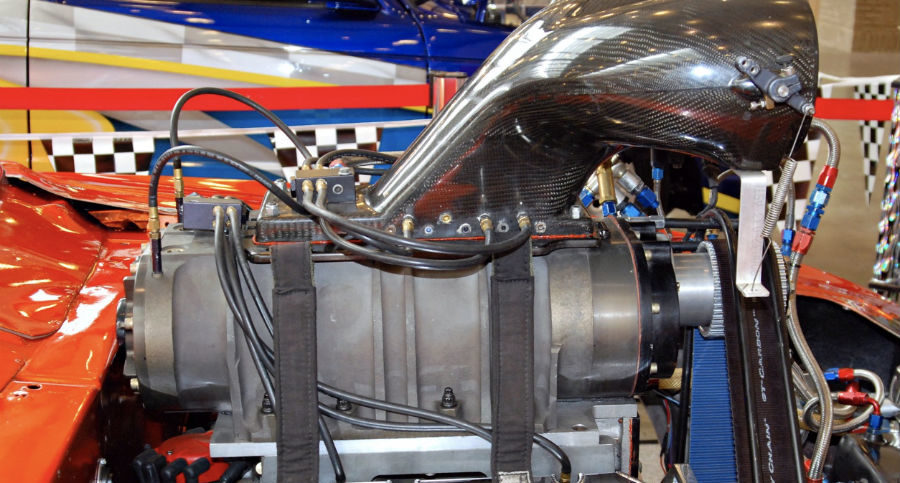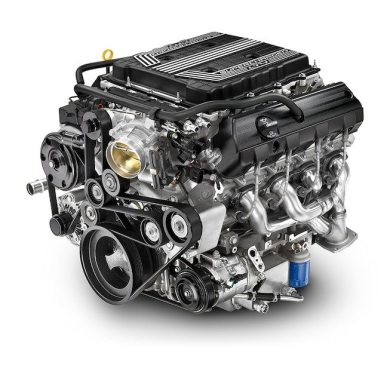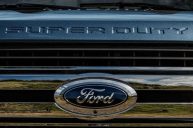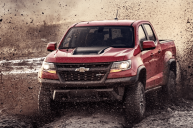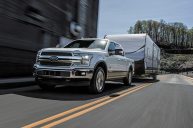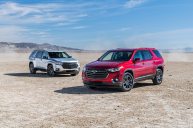We've all heard of turbocharged engines. We've all heard of supercharged engines. But are they really that different?
In short, no.
At the most basic level, these chargers are designed to provide more power to the vehicle. A little more technically, they both compress air and send it into the engine cylinder, which is known as forced induction. Where they differ is how the power is supplied.
A turbocharger is linked to the exhaust system, and its kinetic energy spins the compressor. This results in an RPM speed that can be as much as 30 times faster than an average engine.
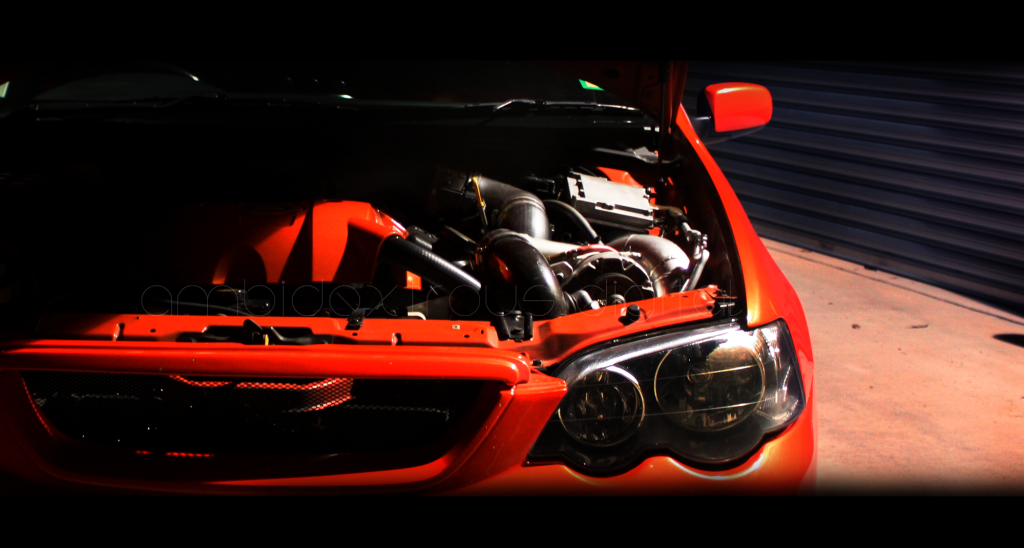
Flickr
Small Package, Big Boost
Oftentimes, the smaller the turbocharger, the faster the boost. However, there's one downfall to turbochargers: because the exhaust has to pass through the turbine to "turbocharge," there is somewhat of a lag to get going. This causes you to have to wait a short time before hitting the gas.
A supercharger, on the other hand, uses the crankshaft as its source of power. That power is then sent through a belt or chain that is connected directly to the engine, allowing for quicker power delivery and nearly no lag at all.
The More You Know
Thanks to the direct connection to the powertrain, speeds up to 50,000 RPM are produced, which often results in 46 percent more horsepower. An additional aspect of turbochargers is smog altering capability, which helps lower the carbon emissions. Superchargers don't include any type of similar equipment.
Turbos are the more common of the two, with almost every manufacturer offering some form of turbocharged engine. Volkswagen, for instance, equips its turbo-engineered TSI in a number of models.
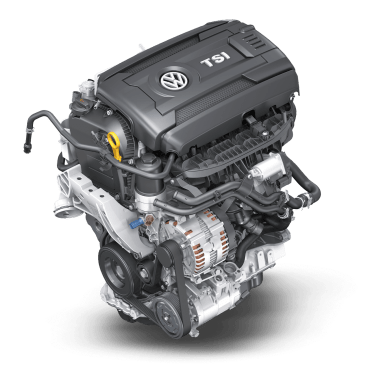
VW
Since superchargers work their magic at low engine speeds, most vehicles outfitted with them are sports cars. The Chevy Camaro is a prime example with it's supercharged 6.2L LT4 V8.
This powertrain renders 650 horsepower, 650 lb-ft of torque and a 0-60 leap in just 3.5 seconds.
Overall, turbochargers are more efficient and quieter, but they are also less reliable and harder to maintain than superchargers.
Read More: This Tacoma Makes Your Truck Look Like a Prius
